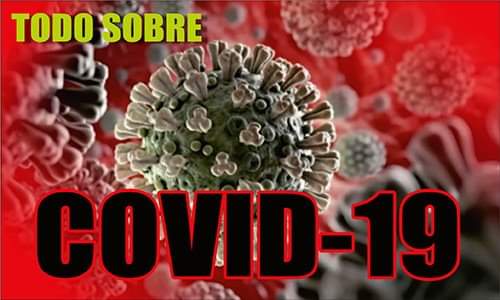
At this stage of the year, when high temperatures and intermittent rains prevail, health authorities in the territory insist on the relevance of citizen responsibility and the realization of the autofocal, to confront the proliferation of the Aedes Aegypti mosquito, the transmitting agent of dengue.
Las Tunas, Cuba.- Yumara Acosta García, director of the Provincial Center of Hygiene, Epidemiology, and Microbiology in Las Tunas, emphasized to the press that it is necessary to maintain vigilance in homes, as well as to increase the quality of the work of the vector workers in their visits to each community, to epidemiological stability.
The specialist commented on the importance of promoting intra-household hygiene through the brushing of water tanks, low and elevated tanks, and the sanitation of patios, causes that today affect the increase in the number of dengue patients reported from the different health areas.
Acosta García clarified that the antivectorial control actions are focused on strengthening the activism in the fight against the Aedes aegypti mosquito in the environment where educational and work centers are located, places in which the auto-focal actions are decisive for the eradication of the transmitting agents.
She also assured that physical and chemical control in the communities is vital, especially direct intervention in the blocks with the highest risk and suspected cases of dengue, intending to sanitize these scenarios, for which the support of the inhabitants and the notification of any symptom of the disease is essential.
The directive, in turn, called to raise the perception of risk and to go immediately to health care centers in the presence of any dengue-related signs such as fever, abdominal and muscular pain, discomfort in the presence of clarity, and vomiting.
He warned about the complications of the disease, which in most cases are related to bleeding from the nose or gums, vomiting blood or blood in the stool, as well as feelings of tiredness, restlessness, or irritability.
In the Americas region, the epidemiological picture of arbovirosis is highly complex due to the incidence of diseases caused by Aedes Aegyti. It is alarming that in the first half of the year, more than three million dengue infections and more than 324 thousand cases of chikungunya were recorded.





